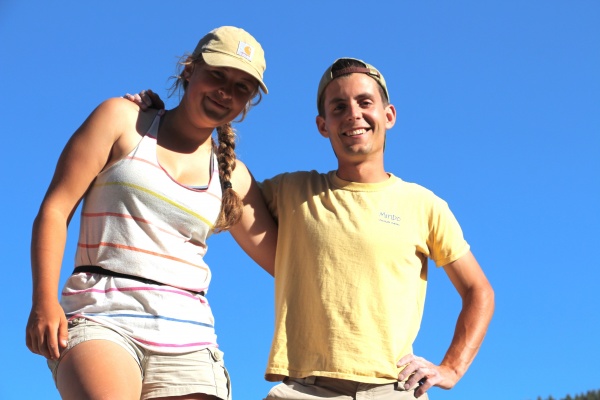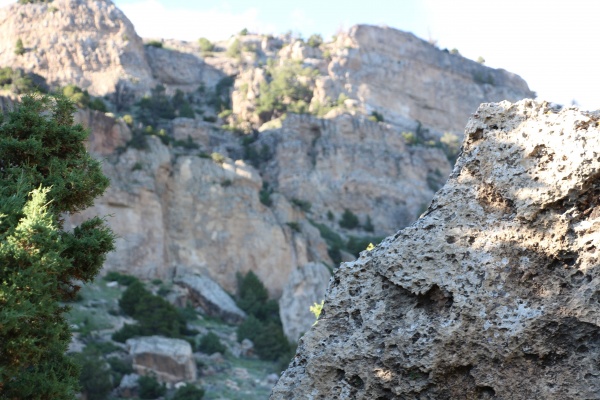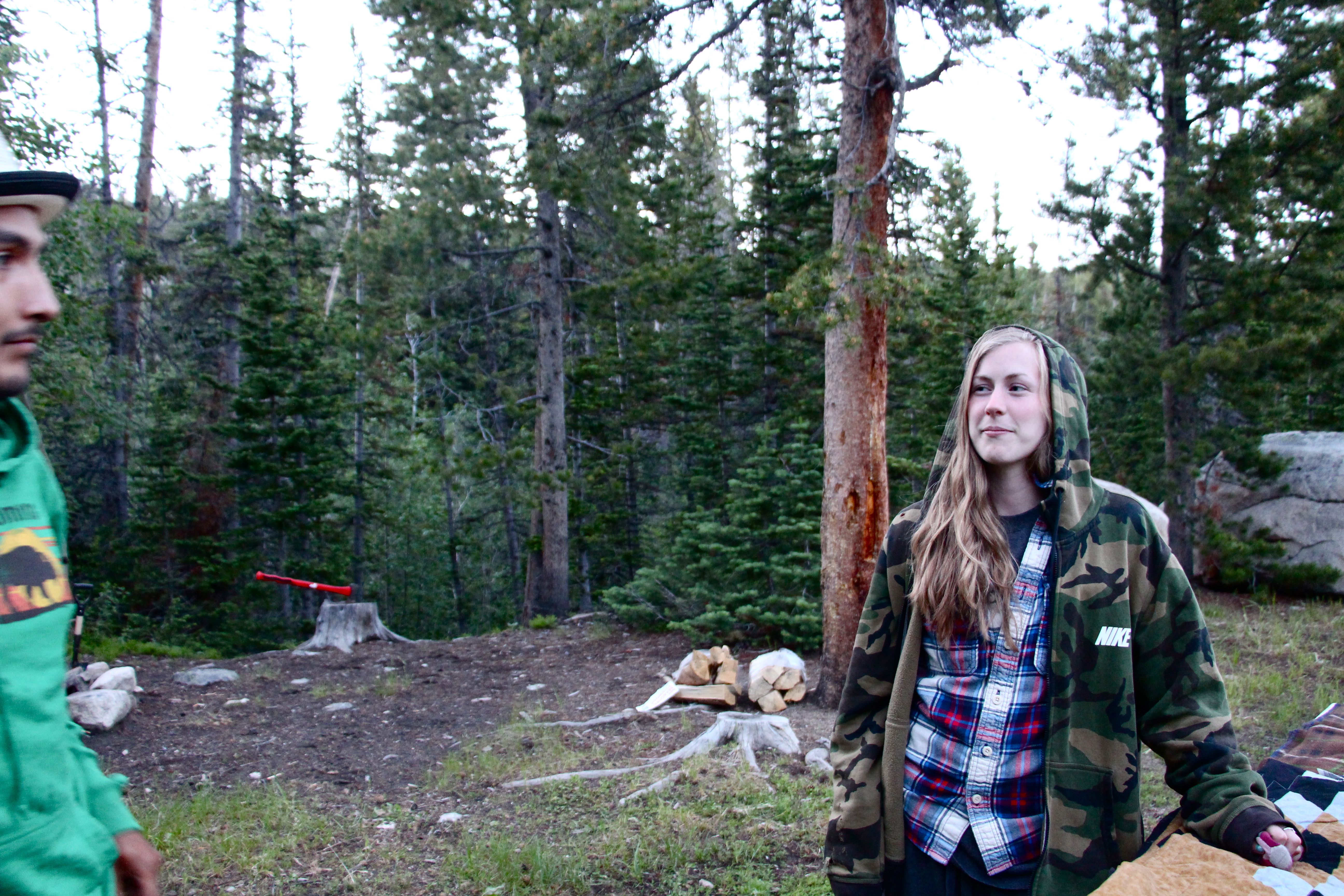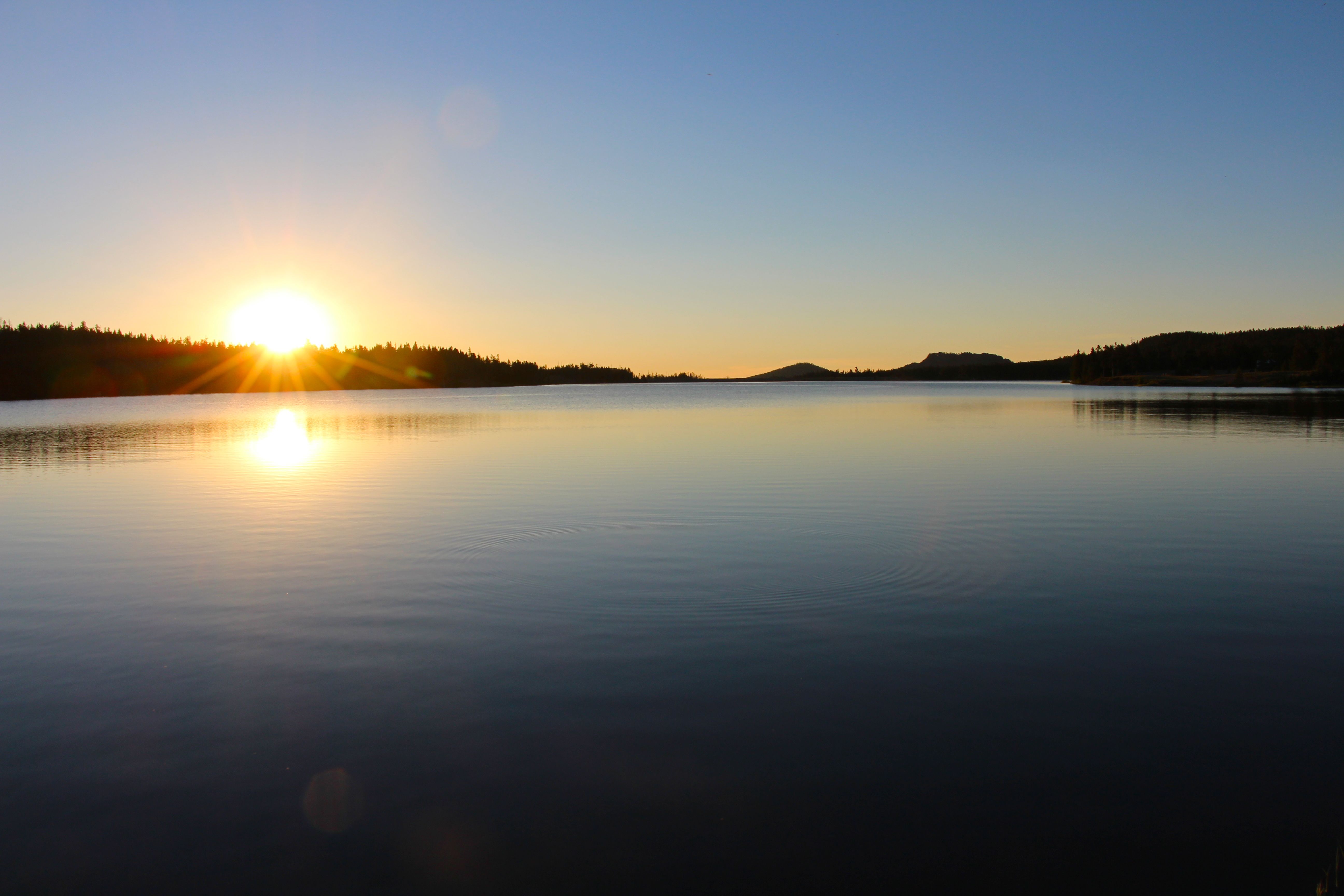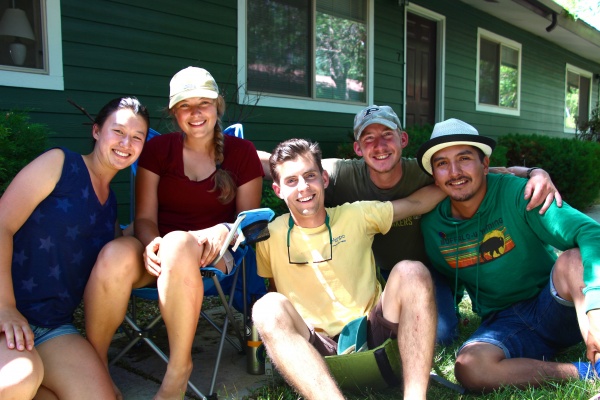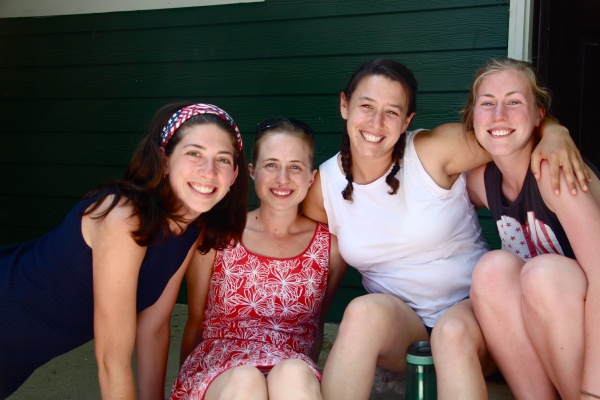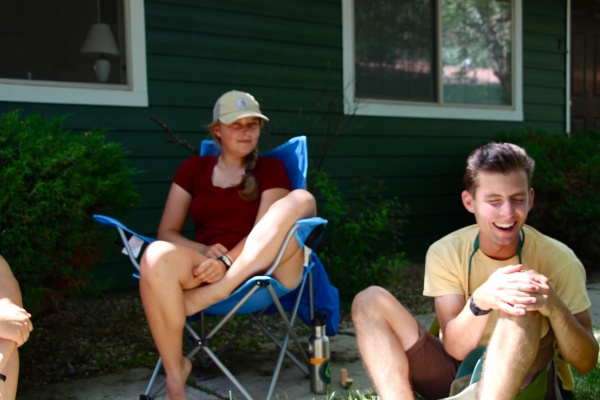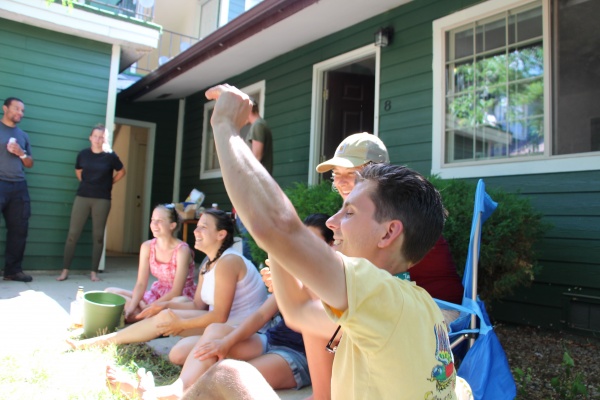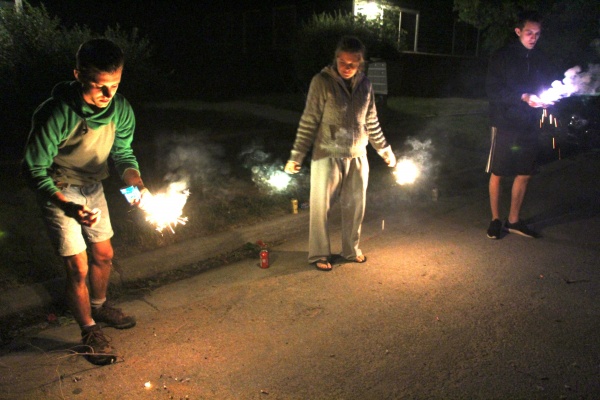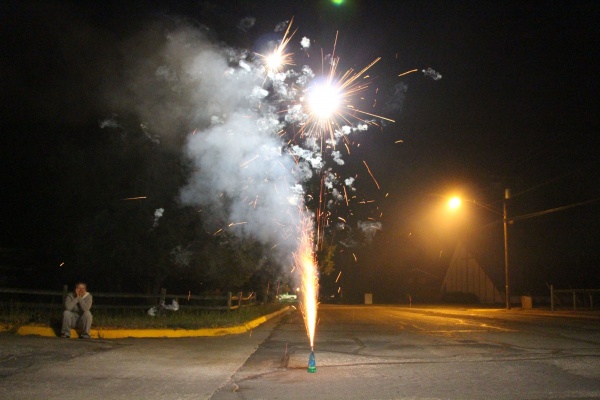My first two weeks working at Fort Ord National Monument were exciting, extremely varied, and a tremendous amount of learning compressed in a short amount of time. In those two weeks I watered native plant restoration sites, exterminated stands of invasive mustard, hemlock, and thistle, mapped the location of oaks using GPS and GIS, tracked a collared ground squirrel using telemetry, attended meetings planning heavy equipment projects and a central California invasive weeds symposium, collected native lily, silk tassel, and venus thistle seeds, and drove 4wd trucks on dirt roads around Fort Ord, waving at passing hikers. Needless to say, it was a lot – something new every day, or sometimes every half day. Tiring, but also fun, challenging, and rewarding.

Watering a young oak in a stand of dried up thistle
One of the highlights of those first two weeks was using telemetry to find the ground squirrel collared by a research team from CSUMB (California State University, Monterey Bay). It involved hiking a steep canyon while carrying an antennae over my head and using the volume of a steady beeping as an indicator of proximity to the squirrel. In the end we were able to pinpoint the squirrel’s location to a tunnel underneath a bush, and laid down a trap baited with a smelly peanut butter and tuna sandwich.
In my second week, while hiking through rolling hills covered in yellow grass, we came across a few white praying mantises frolicking in the grass. They really are some odd creatures:

A strange and beautiful insect

A whiter one
The purpose of the hike was to reach an old goat grazing plot where Ranger Manny had remembered seeing lily plants in need of seed collecting. However, when he last saw them it was springtime and the lilies were in full bloom, but now in the middle of summer the dried up lilies camouflaged perfectly with all the other dried up plants, so finding them was a bit of an easter egg hunt. But the whole time we were surrounded by beautiful sweeping views:

Eye candy

“KYAAWW!” -red tailed hawk
The landscape really evokes feelings of a cowboy roaming the wild west, what with the swaying yellow grasslands littered with coyote brush, the turkey vultures circling overhead, and the occasional cry of a red tailed hawk. That was the setting of a lot of my field work during those first two weeks, along with some oak woodland and maritime chaparral. Not too bad of an office.
Sean Pagnon, BLM Fort Ord National Monument, CA








